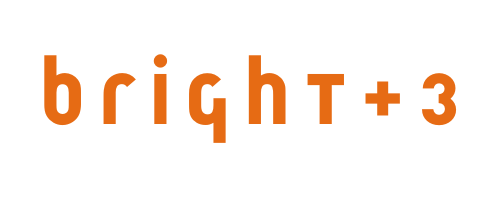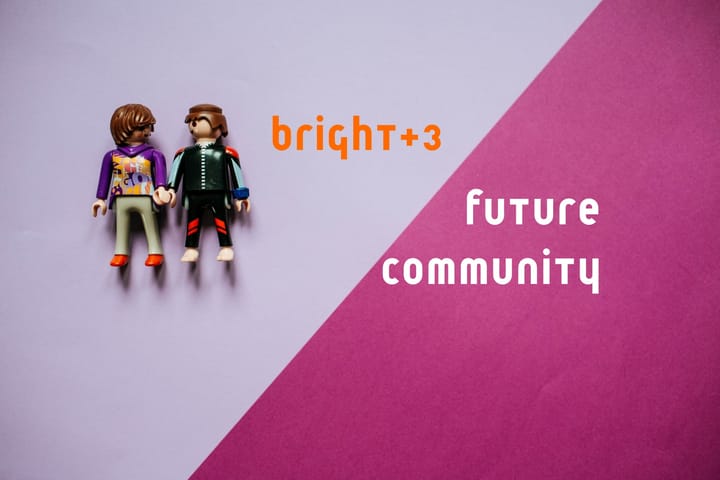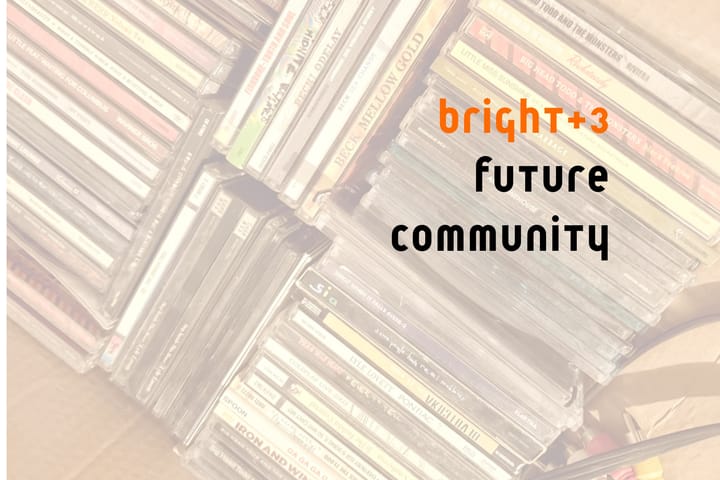We and us: Together like our future depends on it
How we shift our work and communications from individualism to the collective we need now.

The other day I wrote “Individualism is the one true American religion” in a note to a friend (a Canadian) who reached out about Extreme Risk , last week’s newsletter.
Maybe the “one true religion” comment is exaggeration. Maybe not. Whatever. But I’ll come right out with some of my perspective to help ground the rest of this piece:
- Of course we are all individuals and we make choices and take actions individually.
- But humans live in groups - families, neighborhoods, apartment buildings, cities, countries, one shared planet.
- The scale of risk from climate change (and the scale of climate solutions) can not be adapted to, reacted to, or solved through individual action.
My work now and for most of the past 25 years has been with organizations involved in climate, environment, public lands, and a range of democracy, journalism, and community organizing projects that are or could shape climate action.
What I’ve seen as the Internet, social media, messaging, and mobile phones have become dominant is a move to campaigning and fundraising at scale. We talk about building community, membership and belonging in the same breath. And expect that an email, text, or AI-derived personalized sentence on a web page are solving for community.
So what can really shift from individualism to community? And what does that mean when you’re a policy driven group with an email list and, to be honest, you need people to contact decision makers and give you some money?
Last week I mentioned a few ideas:
- Show people the good organizations and work happening near them.
- Identify and work with local news organizations.
- Offer social proof.
- Explain, show, and talk about systems. Then give them agency to change them where it matters most.
Let’s dive further into practical and meaningful shifts that can also improve program and fundraising results.
Welcome people in like their future (and yours) depends on it
A three email welcome series (you have one, right?) is necessary but insufficient. People are coming to us from all sorts of tangential sources (paid petitions and social ads, mostly). And those who follow or visit our websites have, at best, a bit of name recognition from an article or mention somewhere. Most of us aren’t doing real one to one relationship building as recruitment.
All these new folks are like new kids walking into 2nd period English because their parents were too busy unpacking boxes to realize what time school started. They feel like dorks.
We need to reach out, lend a hand, make people feel welcome. And then keep checking back in.
Of course, we’re not talking about one new supporter. We’re talking about welcoming dozens, hundreds, thousands. But we can still do better, take welcomes and relationship building more seriously, and shift some investment and intentionality.
- Recruit less. Welcome harder. The direct and indirect costs of recruiting and acquiring supporters is so high. A few dollars each at best. Take that acquisition budget and cut half of it from “acquistion.” Spend the other half on welcome and retention.
- Send people paper: A welcome note, a statement of shared values, a calendar of events. Maybe drop an invite to the next “big new supporter welcome party” (aka webinar).
- Do a party. Do a webinar. Record it. Send everyone a copy. Establish shared values, expectations, goals, and ways to get involved.
Don’t accept awareness and inaction
Our email lists (and text lists social followers) are full of people who moved on. The moment passed. The spark went out. We need to stop carrying around so much dead weight on our lists. It’s costing us time and money. It’s also hurting deliverability and skewing our data.
But this is NOT about letting people go or efficiency. It’s about creating the conditions for action. It’s about demanding that your programs, communications, organizing and digital are causing action, not awareness.
- Set expectations for supporters. Any good coach or leader spells out what they expect from their team. So tell people how often they need to take actions, donate, come to events, talk to friends and leaders.
- Create action loops and conversations. Don’t rely on clicks or conversions. Ask people to report in/report back. Give them forms to use. Give them points and progress to work towards.
Create commitments to the we
We really are all in this together. But breaking down our narratives of individualism (and our casual reliance on it) is a practice. It’s a journey. Model behavior of “we” and the collective. Give people guides and tools.
- Create shared agreements and devotions. This language is way too cheesy for almost any organization I work with BUT state shared values. Ask people to share their values with you. Give people a chance to tell you what they will devote themselves to that helps achieve your mission and the collectively shared values.
- Establish rituals. I hate to think of annual dinners as a ritual but, for many members of a group, an annual event IS a ritual. It’s a chance to meet, talk, listen, and do it in a place of shared joy. Generally, a ritual ties people to each other, the organization and the work. Look at welcome webinars or trainings as rituals.
- Model collective behavior and outcomes. Share stories of communities and supporters solving problems together. Show people how others are out there doing the work. Nobody wants to be the only member of the club.
Bring people into a shared vision of the future (or Build together, don’t just fight alone)
Help people define, identify, and have agency over a future that is good, beautiful, healthy. And show them that the work is about making that future possible.
- Put people to work creating the future. Give them things to do in their daily life.
- Host events, talks, webinars that are community events where people can see others, meet, ask questions.
- Guide people. Create toolkits, workbooks, trainings. Don’t just tell people what you did. Show them the steps and work from the assumption that everyone with the right support can be a messenger, an organizer, an advocate. Toolkits, guides
- Turn everything into audio, video, map and visual journeys. This is a nod to our always on culture of visual communications. Don’t just write your blog post about a big win. Get the writer or, better yet, a community member, to read a bit of it in a simple loom video. Record a one or two minute conversation between key staff or volunteers. Have them point to the place on a map or share their phone photos from a public meeting.
- Give people work to do together. People who work together have conversations about themselves, their hopes and dreams, their problems. If you can connect people over work they aren’t just helping get something done, they’re building trust and collective power that will come in handy when you need a big action. Heck, run a book club, share playlists (and ask people to contribute). Not every bit of shared work has to have a direct programmatic outcome.
These ideas are just a start. Not every one makes sense for every community or group.
Build together. Don’t just fight alone.


